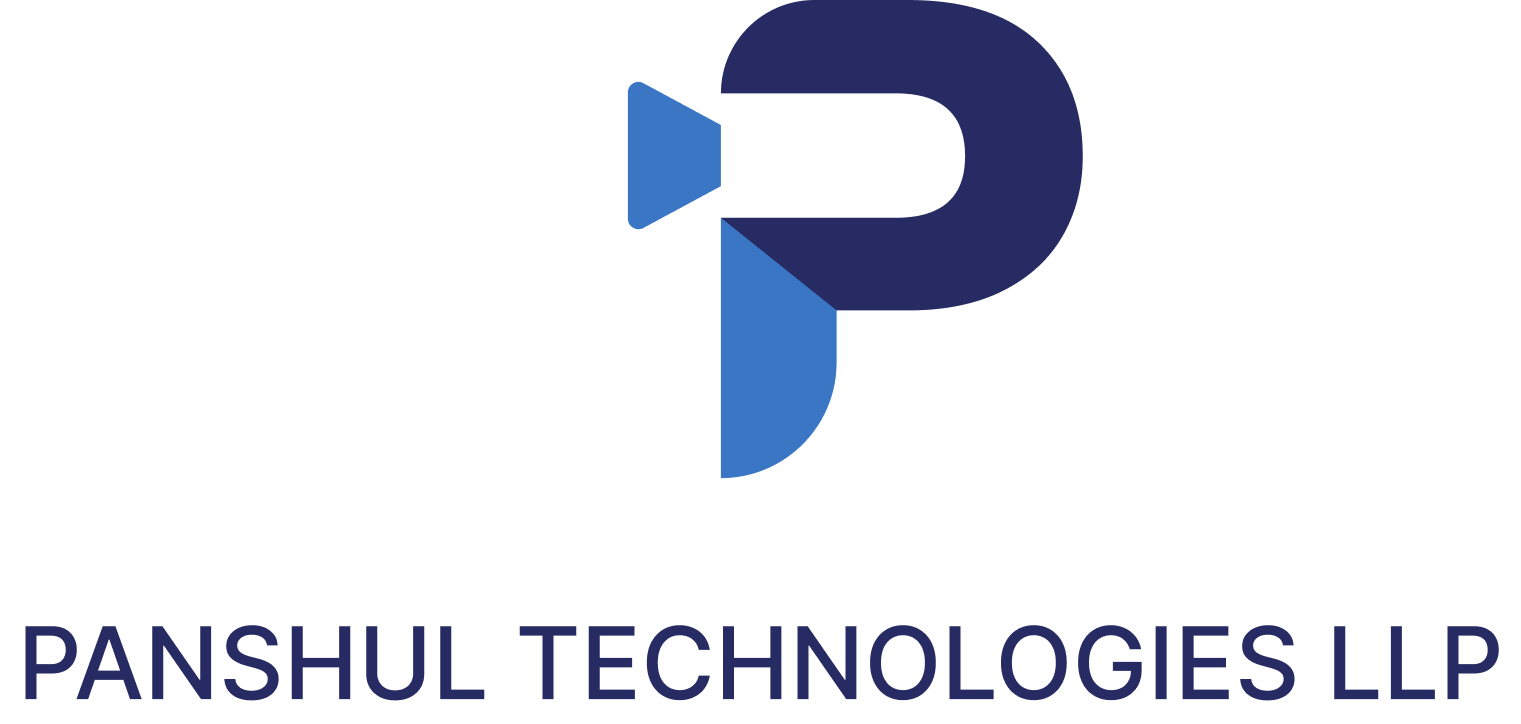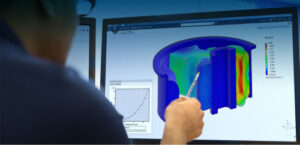ISO 9001 certification is the global standard for quality management systems—and achieving it requires more than good intentions. Companies must implement documented procedures, consistent records, and traceable inspection processes. SOLIDWORKS Inspection offers a powerful platform to automate and organize these efforts, streamlining compliance and promoting best practices.
The foundation of ISO 9001 is documentation and consistency. SOLIDWORKS Inspection enables teams to standardize their FAI and in-process inspection documents using customizable templates. Ballooned drawings, characteristic tables, and report formats can be reused across projects, ensuring uniform quality across departments and suppliers.
Traceability is another core ISO principle. Every inspection report generated by SOLIDWORKS Inspection is linked to the CAD model it originated from, along with revision history and user input. This digital thread helps teams trace issues back to their root cause and demonstrate due diligence during audits or customer evaluations.
Additionally, SOLIDWORKS Inspection simplifies corrective action processes. When non-conformances are detected, engineers can quickly update drawings, reissue ballooned characteristics, and regenerate reports—reducing downtime and preventing repeated errors. Integration with SOLIDWORKS MBD further strengthens traceability by capturing 3D PMI in reports without reverting to 2D documentation.
Beyond compliance, using SOLIDWORKS Inspection supports continuous improvement initiatives. It enables teams to track inspection outcomes, monitor key metrics, and identify patterns over time. This analytical insight can inform design improvements and supplier evaluations.
In short, SOLIDWORKS Inspection is more than an inspection tool—it’s a strategic asset for achieving and maintaining ISO 9001 certification. With built-in automation, robust traceability, and integration with other SOLIDWORKS tools, it helps companies meet quality standards while saving time, improving accuracy, and future-proofing their quality management systems.


